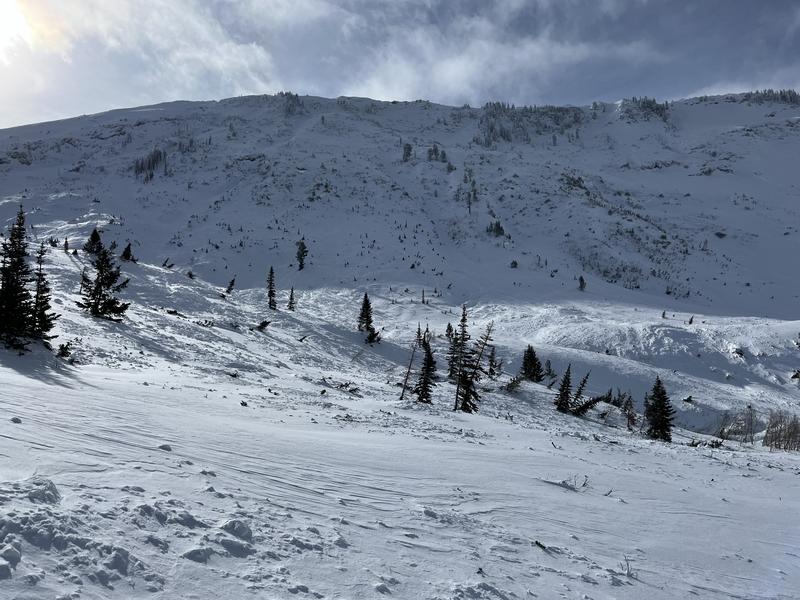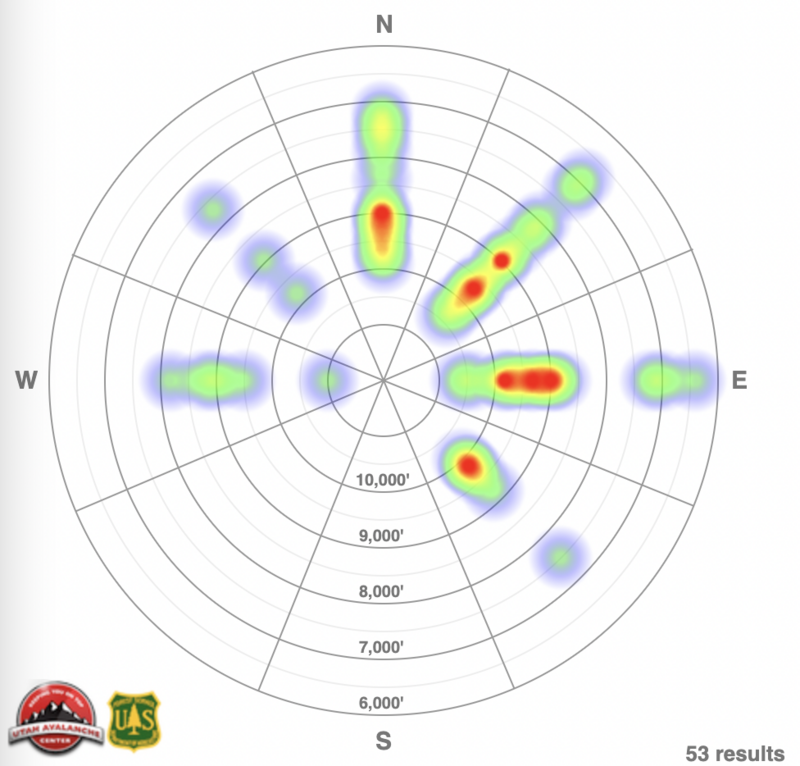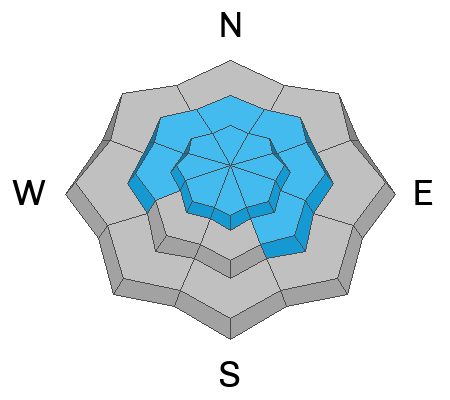Weekend storms delivered unprecedented avy conditions and Extreme danger for the mountains of Northern Utah. Wondering how we got there and where we're going? Well then... you came to the right place!
Please join Craig Gordon 6:00-7:00 tonight for a State of the Snowpack presentation at the A. Ray Olpin Student Union- Saltair Room 200 Central Campus Dr, Salt Lake City, UT 84112.
But wait... there's more! Following Craig's presentation is an amazing panel discussion focusing on Mountain Resilience: Navigating Grief, Long-Term Injury, and Identity Crisis in the Backcountry, delivered by a truly remarkable trio of women... Jess Shade, Jessie Brunelle, and River Barry. More info
HERE.
This morning, the skies are overcast, and snow has resumed in the mountains. Temperatures range in the mid 20s. Winds are coming from the southwest at 20-30 mph, with gusts up to 40 mph. Along the highest elevations, gusts are up to 50 mph. The days of elevated winds have affected the mountains at all elevations.
Today, a trough moving from Oregon to northern Utah will bring significant snowfall, with peak rates of 2 inches per hour between 8 AM and 11 AM. Snow rates will decrease in the afternoon, followed by another wave bringing increased snow rates, from midnight to 4 AM on Thursday. Expected snowfall totals by 5 PM are between 5-10 inches, with an additional 7-12 inches overnight. Overall, the snow total could range from 12-22 inches. Northwest winds will remain elevated, averaging 20-25 mph at mid-elevations and 30-40 mph at the uppermost elevation, with gusts up to 50 mph. Temperatures will climb into the upper 20s and low 30s F.
The recent clearing over the last two days offered a clear view of the extreme avalanche conditions, revealing numerous observed avalanches. Dan Morris shared photos capturing a massive avalanche off the Ben Lomond headwall (see pic below). Conversations with experienced individuals highlight that this avalanche is the largest in the area since the spring of 2010. Additionally, there was a close call above
Farmington Canyon, where a snowmobiler triggered a 2-foot deep and 400-foot wide avalanche on a steep northeast-facing slope at 9000'. Mechanized operations reported large avalanches, and there were skier-triggered avalanches up to d2 in the sessions.
Avalanche Heat map for the Salt Lake, Provo and Ogden area mountains since Friday 1/12.
Since Friday, we've received information about two complete avalanche burials
(Main Porter, American Fork) and indications of a third, all successfully rescued by partners or bystanders. Additionally, there have been reports of several skiers and riders being caught and carried, with positive outcomes. Unfortunately, a skier lost their life in a Wyoming avalanche on Sunday (
Details).
Be sure to check all the avalanche activity
HERE. 












